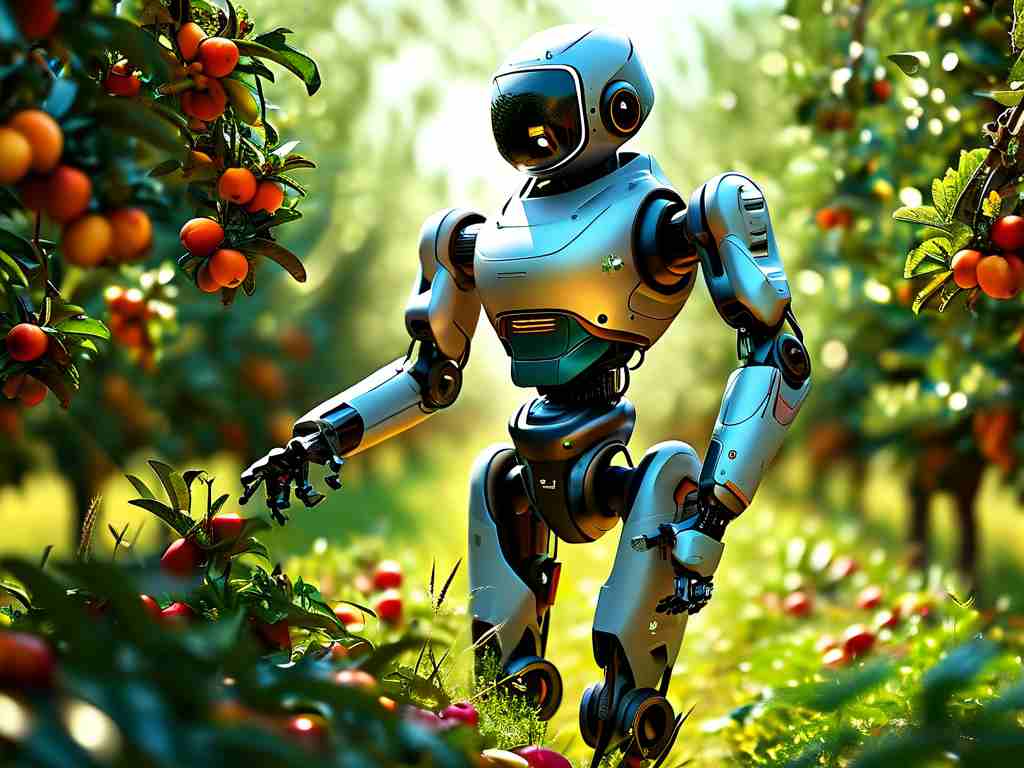The agricultural sector has witnessed transformative shifts through technological integration, with robotic fruit harvesting emerging as a pivotal innovation. Traditional harvesting methods, reliant on seasonal labor and manual effort, face challenges such as labor shortages, rising costs, and inconsistent efficiency. Robotic systems equipped with advanced vision algorithms, tactile sensors, and precision actuators now offer scalable solutions to these issues, reshaping orchard management and crop yield optimization.

At the core of fruit-picking robotics lies machine vision technology. Cameras and LiDAR sensors scan tree canopies to identify ripe produce using spectral analysis and 3D mapping. For instance, strawberries require subtle color gradient detection, while apples demand firmness assessments through near-infrared imaging. These systems train on datasets comprising thousands of annotated images to distinguish between ripe, unripe, and damaged fruits, achieving accuracy rates exceeding 92% in controlled environments.
Mechanical manipulation presents another engineering hurdle. Soft robotic grippers, inspired by biomimetic designs, adapt to delicate surfaces without bruising fruits. A team at the University of Cambridge recently demonstrated a pneumatic gripper capable of adjusting suction pressure based on fruit size and texture, successfully harvesting peaches with zero damage in field trials. Such innovations address variability in fruit morphology, a longstanding barrier to automation.
Integration with autonomous mobile platforms further enhances functionality. Robots like "HarvestBot" utilize SLAM (Simultaneous Localization and Mapping) navigation to traverse uneven terrain in orchards. Equipped with telescopic arms, these machines adjust picking heights dynamically, accessing fruits previously unreachable by human workers. Real-time data transmission to farm management systems enables yield tracking and predictive analytics, streamlining supply chain logistics.
Despite progress, challenges persist. Variable lighting conditions and occluded fruits reduce detection accuracy in outdoor settings. Researchers are experimenting with multispectral imaging and edge-computing modules to mitigate these issues. Energy consumption also remains a concern; solar-powered robotic units and swappable battery packs are under development to ensure sustained operation during peak harvest windows.
Economic analyses reveal compelling ROI metrics. A 2023 case study in California’s citrus farms reported a 40% reduction in labor costs after deploying robotic harvesters, with a payback period of 18 months. Additionally, reduced fruit waste—from 15% to under 5%—translates to higher profitability for growers. Governments in the EU and Asia are subsidizing adoption through grants, recognizing robotics as a strategic tool for food security.
Ethical considerations accompany automation. While robots alleviate labor shortages, they disrupt traditional employment structures. Policymakers advocate for reskilling programs to transition workers into supervisory or maintenance roles, ensuring equitable technological integration.
Looking ahead, hybrid systems combining human expertise with robotic precision may dominate. Startups like "OrchardAI" are testing collaborative workflows where robots handle bulk picking while humans manage quality control. With AI models evolving toward federated learning, future harvesters could share knowledge across global networks, adapting to regional crop varieties autonomously.
In , robotic fruit harvesting transcends mere mechanization, embodying a synergy of AI, material science, and sustainable agriculture. As algorithms grow more nuanced and hardware more resilient, these systems promise to redefine global food production, ensuring scalability amid climate uncertainties and population growth.









